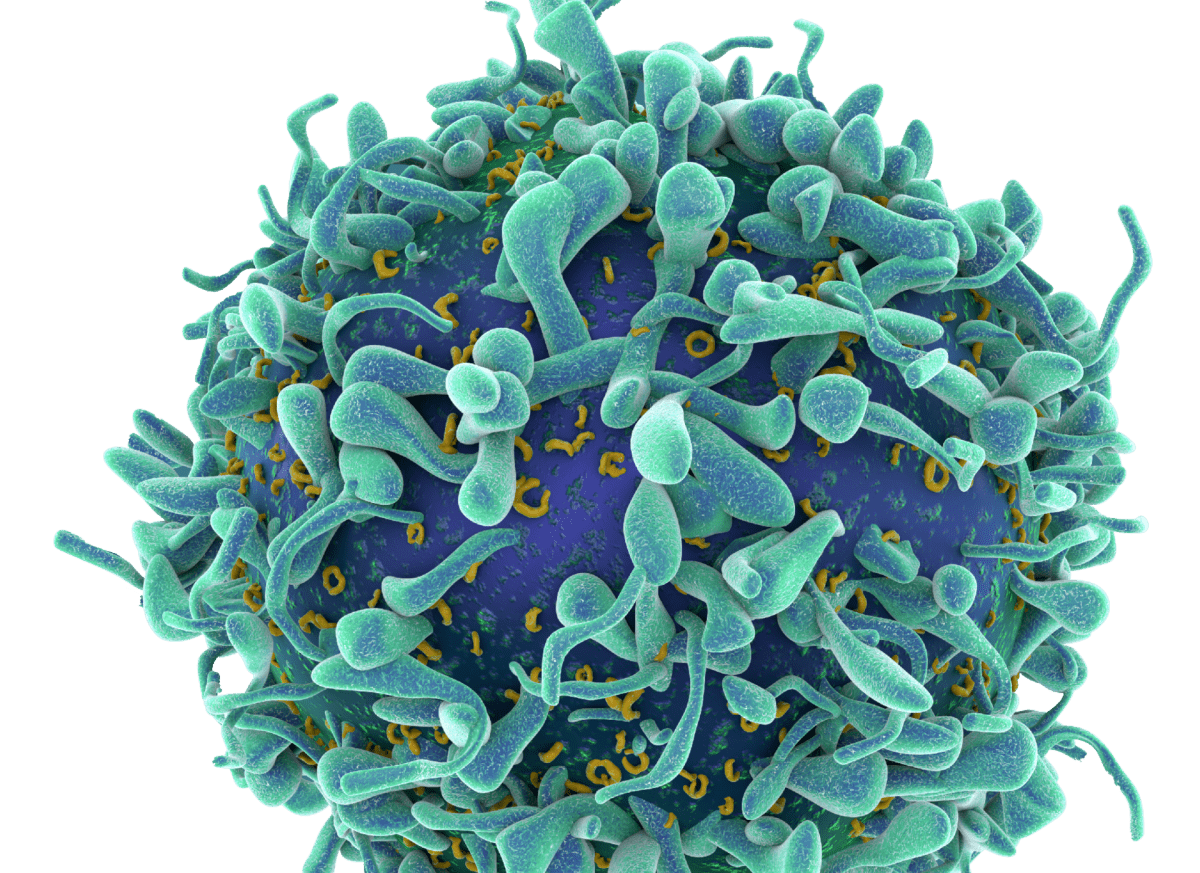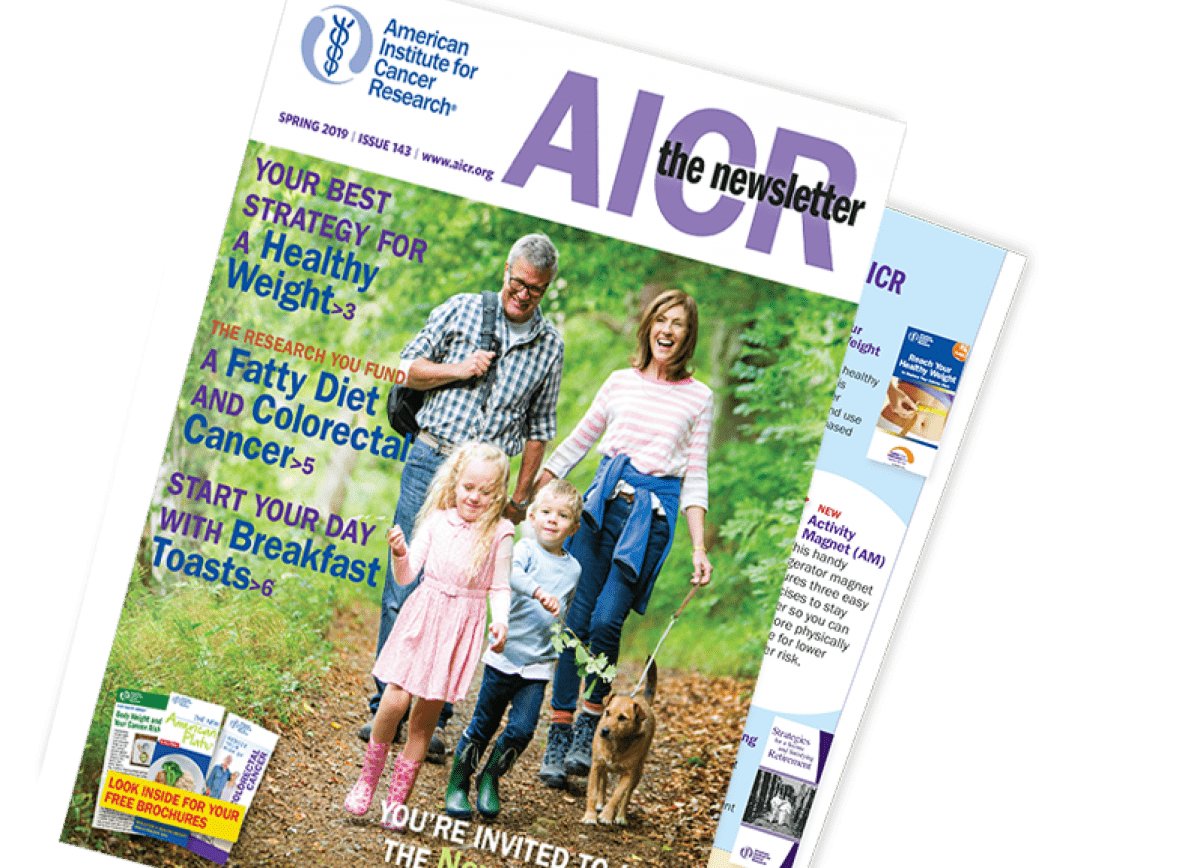Winter 2020 Archive
The SECURE Act, included in the year-end appropriations bill, should prompt clients to review beneficiary designations on their qualified retirement accounts. The Setting Every Community Up for Retirement Enhancement Act affects how clients save going forward and how they leave their assets at death. Under the SECURE Act:
- Required minimum distributions can be postponed for some clients. Those who turn age 70½ after 2019 will have until the year they turn age 72 to begin mandatory withdrawals.
- Individuals with earned income can continue making contributions to deductible IRAs until age 72.
- A new 10-year distribution window eliminates the stretch-IRA for most death beneficiaries. With the exception of surviving spouses, the disabled, “chronically ill individuals” and those not more than 10 years younger than the IRA owner, all beneficiaries will have to empty the retirement accounts within 10 years. Previously, non-designated beneficiaries had five years to deplete the accounts. Minors named as beneficiaries will have 10 years after reaching the age of majority to take the withdrawals.
- IRA owners will still be able to make qualified charitable distributions (QCDs) from IRAs starting at age 70½, even though they may not have to take required minimum distributions until age 72. However, if the donor continues working and making contributions to an IRA, the maximum QCD is reduced by the amount of the deductible IRA contribution. Donors generally may give up to $100,000 annually through QCDs.
- Certain part-time employees will be eligible to participate in 401(k) plans offered by their employers.
- The kiddie tax, which applies to the unearned income of children under age 19 and most students under age 24, will once again be taxed at the parents’ highest tax rate. Under the Tax Cuts and Jobs Act of 2017, the tax rate for trusts and estates had applied to the income in excess of $2,200 (in 2019 and 2020). The top 37% rate applies to income in excess of only $12,950 in 2020. As a result of the compressed tax rates, many low- and middle-income children were subject to higher taxes than Congress intended (e.g., on survivor benefits for Gold Star families). To avoid this, income subject to the kiddie tax will once again be taxed at the parents’ rates.
With the near demise of the stretch-IRA, clients with philanthropic interests might consider ways to provide payments for life to beneficiaries, with future benefit for charity. For example, a parent might have part or all of a retirement account pass to charity in exchange for a charitable gift annuity for a child. There is no immediate income tax when the funds pass to charity. If the child is younger than the charity’s minimum age to establish a gift annuity, a deferred payment annuity might be arranged, with larger payments beginning at some future date. The child will be entitled to payments for life. The same result could be accomplished if the IRA passes to a charitable remainder trust that pays income for the beneficiary’s life or a term of up to 20 years. If the client’s estate is subject to tax (estates in excess of $11.58 million in 2020), a charitable deduction is available for the value of charity’s interest.
The American Council on Gift Annuities announced new recommended rates in November 2019 to take effect January 1. New rates are between .4% and .5% lower than previous rates for most ages, resulting in slightly higher charitable deductions, as shown in the chart below (assumes a $10,000 transfer, quarterly payments and of a 2% §7520 rate):
Age |
Old Rate |
Charitable |
New Rate |
Charitable |
65 |
5.1% |
$2,655 |
4.7% |
$3,231 |
70 |
5.6 |
3,303 |
5.1 |
3,901 |
75 |
6.2 |
4,042 |
5.8 |
4,426 |
80 |
7.3 |
4,534 |
6.9 |
4,833 |
85 |
8.3 |
5,299 |
8.0 |
5,469 |
90 |
9.5 |
6,034 |
9.0 |
6,243 |
Recommended rates are designed to yield a 50% residuum for charities at the death of the annuity recipient(s).
In addition to the other advantages of revocable living trusts, they offer a variety of ways to make gifts to charity.
Lifetime gifts—The grantor can name charity an income beneficiary of a living trust, generating an income tax charitable deduction for the grantor for amounts passing annually to charity.
Distributions at death—The grantor can direct that, at death, the trustee distribute certain assets or a percentage of the trust corpus to charity. The estate is entitled to a charitable deduction for the value of charity’s interest, just as if the bequest was made through a will. Why would someone prefer to leave assets to charity through a trust rather than by will? First, it may be easier and less expensive to make later adjustments to charity’s interest through a trust than to have a new will or codicil drafted. Assets pass to charity faster through a trust than a will; the trustee can make the distribution immediately with a trust, while a will must be probated. Privacy also may be a consideration.
Revocable charitable remainder trust—Clients can create revocable inter vivos trusts that provide them with income for life and a remainder to charity. The donor is not entitled to income tax benefits from the trust, but is able to exercise unlimited control over the trust, which is not possible with a qualified charitable remainder trust. At the donor’s death, if charity’s interest has not been revoked, trust assets will be included in the donor’s gross estate but will qualify for an estate tax charitable deduction [Code §2055].
Conversion into a qualified charitable remainder trust—A client can provide that the revocable living trust be transformed at death into a qualified charitable remainder trust that provides payments for life or a term of years (up to 20) to a family member. This also generates an estate tax charitable deduction.
Conversion into an irrevocable, nonqualified charitable remainder trust—Clients might wish to have their revocable trusts become irrevocable at death, paying income to family members, with remainder to charity. Such a trust makes sense where the client wants more flexibility for family members (to invade trust principal, for example), and is not concerned about the estate tax charitable deduction.
Conversion to a QTIP trust, remainder to charity—A revocable living trust can become an irrevocable QTIP trust at death, securing the unlimited estate tax marital deduction [Code §2056(b)] and a subsequent, unlimited estate tax charitable deduction upon the death of the surviving spouse—with charity as the remainderman. A qualified charitable remainder trust is unnecessary where estate taxes are not a problem at the death of the client, which is the case with assets passing to a properly drawn QTIP trust [Code §§ 2044(c), 2055].
- Charitable gift annuities offer a variety of advantages for clients: (1) new retirees who want to switch stocks into fixed income arrangements can minimize capital gains tax and receive income tax deductions as well; (2) donors can dip into principal without fear of running out of savings; (3) annuity payments are partly tax free during a recipient’s life expectancy; and (4) larger charitable deductions may enable donors to itemize this year.
- Charitable remainder unitrusts enable clients to custom-design a gift plan that can increase annual income, reduce income taxes and capital gains taxes, assist worthwhile causes and accomplish personal goals, such as augmenting retirement savings, providing for college educations, assisting friends or relatives, providing money management to those who need it and other goals.
- Remainder interests in a personal residence or farm are attractive because, while carrying out their charitable intentions, donors need not change their style of living or that of their families. Deductions are at higher levels for these gifts, due to low §7520 rates. The residence or farm does not have to be transferred to a charitable remainder trust to accomplish the goal of having the property pass to charity at the donor’s death.
- Charitable lead annuity trusts can save clients considerable gift and/or income tax if established during periods of low interest rates.
© Copyright Sharpe Group. All rights reserved.






